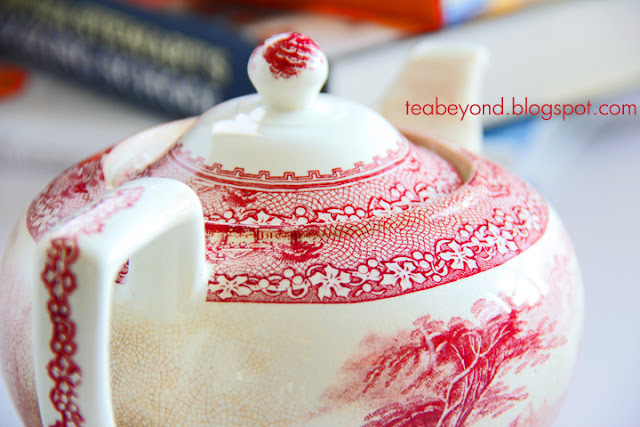There is a belief by Asian people that small changes in an individual's life can have an impact and have a certain effect to the whole community, which in a psychological term is called a "ripple effect".
"tea bag is tea bag, your body can not tell the difference" huh? (part 1)
Tea 101-"tea bag is tea bag, your body can not tell the difference" huh? (part 2)
How much tea should we drink per day?
This reminds me a very popular economic theory Butterfly effect. What it means is that, for example, if someone poops in FL, someone in France would flush the toilet. Did you get it?;))
How does the Ripple effect relate to tea? Well, tea is the second most popular beverage in the world, (unless you can convert all Chinese and Indians to coffee or soda drinkers. well with the help of McDonalds and Walmarts, might be!). How did tea become a world phenomenon? It all starts with world travel and trade few hundred even thousand years ago. Merchants from Europe such as Venice (heard of the book "The Merchant of Venice"), and the middle East brought teas to Europe when tea became the most popular beverage in China. Famous celebrity like Marco Polo also described his travels in China and Asia, including tea and cooking recipes, such as pasta, noodles, etc in his book.
Jenny Lind Teapot
Even though tea reached to other locations in the world, it was not a popular drink in European countries. Now back to the world trade. What kind of gifts would you give to the Royal families, say to please them, if you were a Portugue missionaries? The best, exotic, rarest items which they could not get otherwise, right? So Portugue missionaries brought special herbs back to the country and the princess Catherine was hooked. At that time, China did not do trade with foreign countries and tea was regarded a top secrete product, with IP protection by Chinese CIA. It's possible the tea Princess Catherine had was given as a gift, bought by bribing local Chinese officials, or bought from black markets. And it was exotically expensive!! Portugues were rich at that time. Right now Portugues are not wealthy any more (I could be wrong). Where did the money go? Ask Charles II from Great Britain!
Charles II was broke. He inherited the throne, along with bags of debts. When you are broke, you do not have the power to start any wars against other countries. What's the alternative solution? marriage! the strategic union of two countries, not just a couple. Catherine did bring loads of fortune to Britain, including chests of tea.
If your best friends drink coffee, will you switch from coffee to tea? well, you may not. But Catherine was the queen of England! Soon all upper class ladies found on google that Catherine was addicted to tea! The demand of tea continued to grow in upper class and eventually was spreaded to all Britain, to colonials, to Europe...
And that's the Ripple Effect in tea!





























No comments:
Post a Comment